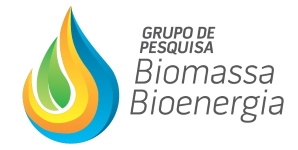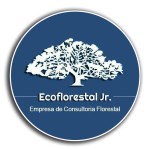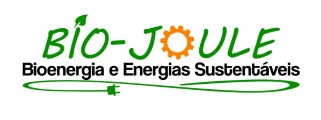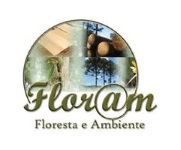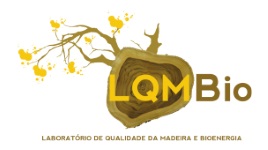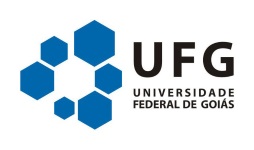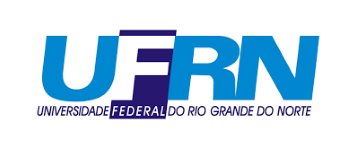LARGE-SCALE PROTEOMICS FOR THE DISCOVERY OF TOXIC SECONDARY METABOLITES BIOSYNTHETIC SITE IN JATROPHA CURCAS L.
02 - Biodiesel
 1 MOHIBULLAH SHAH, 2 EMANOELLA L. SOARES, 3 MAGDA L.B. LIMA, 3 CAMILA B. PINHEIRO, 2 ARLETE A. SOARES, 4 GILBERTO B. DOMONT, 4 FABIO C.S. NOGUEIRA, 2 FRANCISCO A.P. CAMPOS
1 MOHIBULLAH SHAH, 2 EMANOELLA L. SOARES, 3 MAGDA L.B. LIMA, 3 CAMILA B. PINHEIRO, 2 ARLETE A. SOARES, 4 GILBERTO B. DOMONT, 4 FABIO C.S. NOGUEIRA, 2 FRANCISCO A.P. CAMPOS
1 ABDUL WALI KHAN UNIVERSITY MARDAN
2 FEDERAL UNIVERSITY OF CEARA
3 FEDERAL UNIVERSITY OF CEARA
4 FEDERAL UNIVERSITY OF RIO DE JANEIRO
Jatropha curcas seeds are a potential source of raw material for biodiesel production but the exploitation of this potential is hampered by the presence of high amounts of phorbol esters (PE), a class of toxic diterpenes. Currently, the biosynthetic pathway of PEs is poorly understood, making it difficult to devise genetic strategies for engineering plants which lack these compounds. We performed a large-scale quantitative proteome analysis of the endosperm and inner integument from developing seeds, as well as of plastids isolated from these two tissues, resulting in the identification of more than 5000 proteins. This allowed us to reconstitute enzymatic pathways for the biosynthesis of fatty acids and amino acids, establishing the deposition pattern of seed storage proteins during seed development and identifying a plethora of hydrolases involved the programmed cell death both in the endosperm and seed integument. However, we were unable to identify key enzymes of the biosynthetic pathway related to PEs, which lead us to suspect that PEs are synthesized in maternal tissues other than the seed integument and translocated to the developing seed. To gather confirmatory evidence for this, we used qPCR analysis to determine the expression pattern of casbene synthase, a key enzyme in the biosynthesis of PE, in roots, leaves, embryo, endosperm, integument and pericarp of developing fruits. Of the 14 putative casbene synthase gene analyzed, nine were expressed only in roots, while one was expressed both in roots and leaves. In-line, we performed proteome analysis of the roots of J. curcas which along with the identification of more than 1500 proteins involved in diverse biological pathways, also resulted in the identification of casbene synthase. These results were further confirmed through targeted proteomic strategy. Together, our proteomic and gene expression analysis provide insights about the synthesis of toxic PEs and in addition is a start point for experimental approaches to obtain J. curcas varieties which lack PEs and produce high quality and quantity of seed oil.
Keywords: jatropha curcas, biodiesel, diterpenes, phorbol esters, proteome.
Acknowledgments: Third World Academy of Sciences (TWAS), CNPq, CAPES





